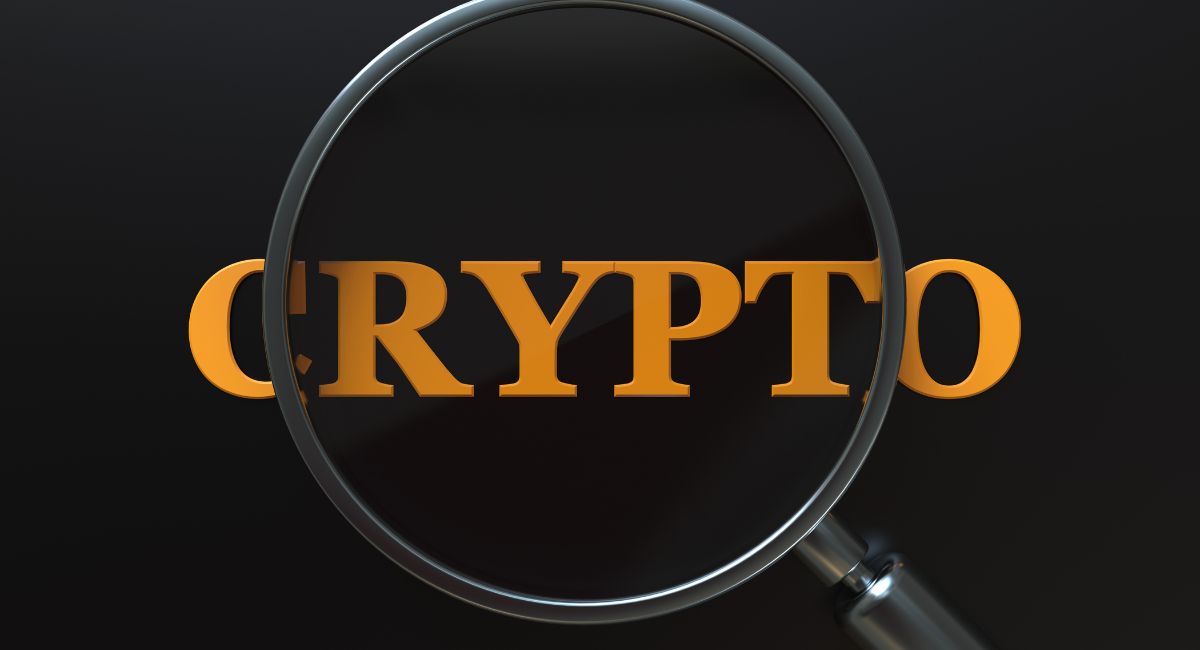In public blockchain ecosystems, such as Bitcoin, anyone can join and potentially earn rewards for contributing to consensus via a proof-of-work (PoW) mechanism. However, this openness requires immense processing power and compromises transaction privacy, offering limited security features.
As blockchain technology grows in popularity due to advantages like faster transactions and enhanced security, businesses must distinguish between market hype and practical applications aligned with their strategic goals to avoid common pitfalls in adopting this technology.

What separates a private blockchain from a public one?
Blockchain technology was initially created to facilitate direct asset exchanges without intermediaries. In public blockchains like Bitcoin and Ethereum, anyone can participate, enhancing decentralization and security through widespread node distribution. These networks are resistant to manipulation but require significant energy for operations.
In contrast, private blockchains such as Ripple and Hyperledger, while faster and more energy-efficient, involve selected participants, reintroducing intermediary-like control and increasing vulnerability to security breaches. Each type of blockchain has its strengths and weaknesses, catering to different needs in terms of security, energy consumption, and speed.
5 Mistakes To Avoid In the Blockchain Ecosystem
Failure to understand and implement blockchain technology
One of the most common blockchain mistakes made by enterprises and CIOs is failing to consider some of the most important blockchain features. Current blockchain initiatives include characteristics such as smart contract capabilities, decentralized consensus, and tokenization.
Assume that Smart Contract Technology is completely baked.
Another prevalent misconception is that smart contract technology is mature. Smart contracts, as business automation tools that add dynamic behavior to transactions, are possibly the most powerful aspect of blockchain. However, there are several technical concerns that have yet to be resolved.
Blockchain as a Data Storage System.

The essential purpose of blockchain is secure data exchange, and keeping information in blocks has produced an environment conducive to blockchain faults. CIOs frequently misinterpret the distinction between blockchain and distributed database management systems (DBMSs). As a result, blockchain deployments may cause misalignment in business blockchain initiatives.
Comprehensive Business Solutions with Confusing Protocol
One of the most common errors in organizations is confusing protocol with business solutions. Because the blockchain ecosystem is a fundamental technology, applications developed on top of it must fit certain business needs.
While blockchain may and is used in a variety of situations, from supply chain management to data interchange across medical information systems, it must also have a user interface, business logic, and interoperability.
Issues of Governance
Many new blockchain ecosystem projects do not prioritize governance. Blockchain governance issues are very widespread in public blockchains, and they are regarded as one of the most common blockchain mistakes.
Before upgrading organizational procedures, blockchain technology must be well understood. A few costly yet simple errors might cause an organization’s blockchain enthusiasm to fade. Before trusting what other firms are doing, conduct a comprehensive analysis, particularly before implementing the first blockchain project.

